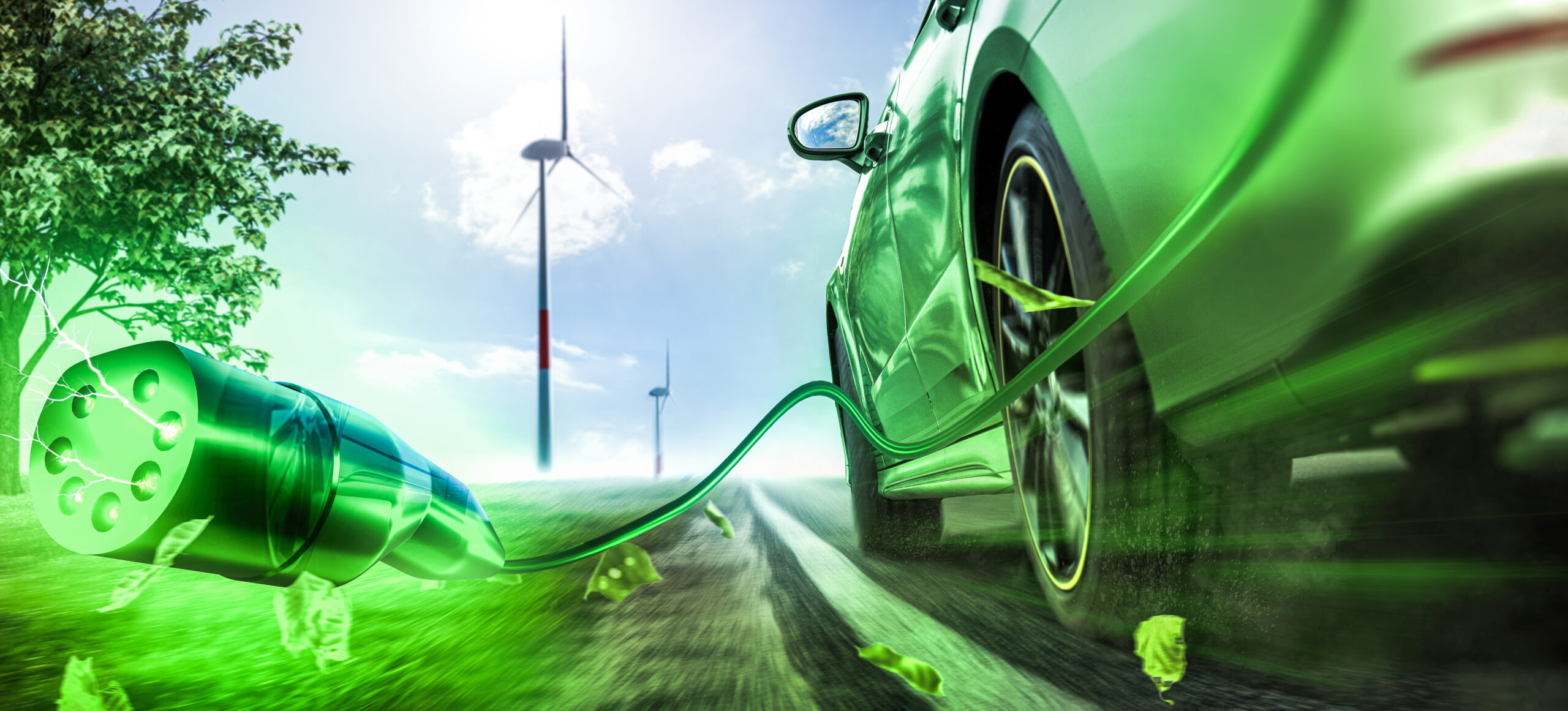The complex and dynamic challenges posed by the climate crisis require substantial collaborative efforts to help accelerate decarbonisation across the transport sector, which accounts for 16% of global CO2 emissions. At this year’s IAA Mobility conference in Munich, planning for the future of sustainable transportation was a central theme, with major OEMs putting a renewed focus on reducing emissions in production and the supply chain while transitioning to clean energy in the coming years.
At IAA Mobility 2021, global industry leaders shared solutions for achieving climate neutrality through ‘green’ auto manufacturing and zero-emission vehicles. Volkswagen CEO Herbert Deiss delivered a keynote on the responsibility of automakers to reduce vehicle emissions and utilise alternatives to fossil fuels for tomorrow’s climate-neutral mobility solutions. While the adoption of zero-emissions vehicles is progressing in regions like Europe and China, more needs to be done to meet the ambitious climate goals set by the 2015 Paris Agreement, which aims to substantially reduce global greenhouse gas emissions. Although there is uncertainty about how the decarbonisation of mobility will play out, many exciting developments from influential spaces are providing a roadmap to a greener transportation system.
Road to carbon neutrality
Most automotive OEMs have set out goals to achieve carbon neutrality by intensifying EV offerings and changing the way cars are manufactured using sustainable resources. EV startup Fisker aims to create its first climate-neutral car by 2027 while Volvo affiliate Polestar has set a 2030 deadline that will see it reduce emissions throughout the entire manufacturing process. Other global automakers have made ambitious carbon-neutral commitments reshaping the industry. Nearly 70 percent of cars sold by Volkswagen in Europe will be electric by 2030, with the aim to be completely CO2 neutral by 2050. Microsoft also plans to electrify its entire global vehicle fleet by 2030. The Renault Group plans to launch 10 new EVs by 2025 with 90 percent of its vehicles to be fully electric by 2030. For the industry to be successful, codes and standards must be set that allow automakers to work collaboratively to meet carbon neutral goals.
The automotive industry recognises its role in combating climate change and the need to provide cleaner, safer and more sustainable driving experiences centred on climate protection. Today, Cubic Telecom are working with OEMs to help them achieve their carbon neutral goals.
Cubic’ s connected software solution enables a vehicle to become better-equipped as it ages, ensuring that OEMs can continuously improve the lifecycle of the car, increase efficiency and comply with the latest regulations globally. Cubic are OEM-independent and have experience helping OEMs from across the transport landscape on the journey to carbon-neutrality, while pushing innovation towards a more sustainable form of mobility.

Clean mobility movement
Urban concepts like the ‘15-minute city’ – which gives residents access to most of their daily needs within a short walk or bicycle ride – are providing city planners a blueprint for designing functional urban centres devoid of polluting private vehicles. Shared mobility services including car-sharing, ride-sharing and other Mobility-as-a-Service (MaaS) transport services are already popular today and will continue to be leveraged alongside improved public transport systems.
The movement of people and goods are an indispensable part of the global ecosystem, impacting the social, environmental and economic layers that keep the world moving. To successfully mitigate the impact of global warming in the coming decades, sustainable, software-driven mobility solutions will be paramount to reducing CO2 emissions. For instance, Cubic Telecom’s connected software and analytics solutions enable digital transformation of the mobility sector and help OEMs deliver higher economies of scale. With the continued electrification of vehicles, OEMs can leverage Cubic’s technology to sustain the lifecycle value of EVs and constantly improve mobility services.
Rising demand for resources
The UN estimates that the human population will reach 9.7 billion at the turn of the century. By 2050, there will be an estimated three billion light-duty vehicles on the roads worldwide (that’s one car for every three people on the planet.) The same year, two out of every three people are likely to be living in cities or other urban centres. To move forward towards sustainability and keep our cities liveable, Mobility-as-a-Service (MaaS) solutions will be needed to improve transportation efficiencies in all corners of the globe. In order to turn the tide to achieve a zero-carbon transportation future, the electrification and digitisation of the automotive industry will be at the forefront as EV adoption rates accelerate worldwide.
When it comes to combating the catastrophic effects of climate change, protecting depleting natural resources and rethinking the path to sustainable mobility will be vital in order to reduce emissions across the globe. There is no quick fix and success demands cooperation from all players, in all industries, everywhere. To be hopeful in the face of these global challenges should be a priority across the board. Action is needed now – and will be driven by the most innovative disruptors.

